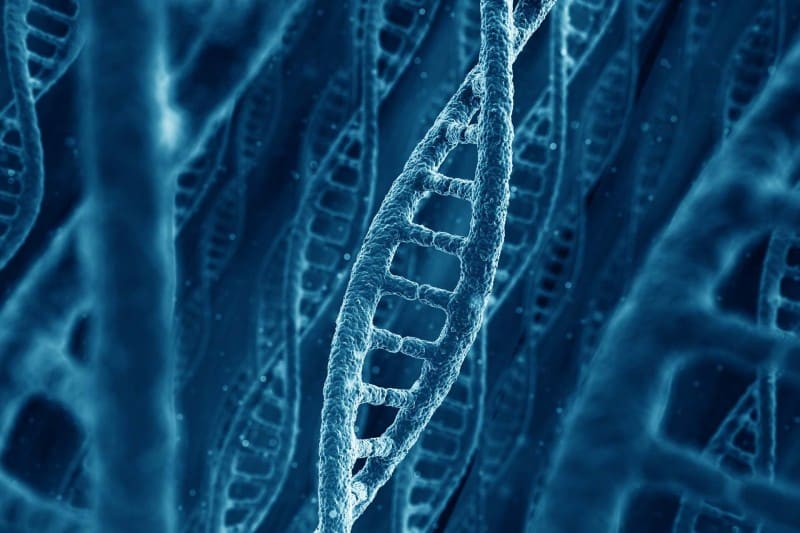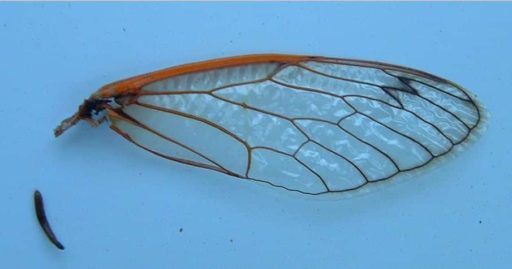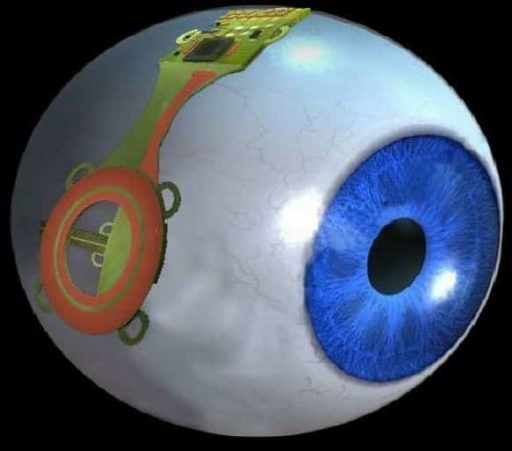A research team in California has attempted to embed a piece of artificial genetic code in an organism. So far, it seems to be working fine and the organism is reproducing normally so that the off-springs carry the genetic alteration as well.
The bacterium in question typically has a certain number of nucleotides, represented by the alphabets A, T, C and G. But in the experiment, scientists have added a pair of ‘X’ and ‘Y’ nucleotides to the DNA of the bacteria, bumping up the total make-up of the genetic code to six letters.
The results have been very intriguing so far. The organism continues to exist normally and has been reproducing. The episode shows that there are vast possibilities in the field of genetic modifications. However, these possibilities will have to be used carefully, given that they are sure to raise many ethical and legal issues.
The key aim behind this particular experiment is that scientists eventually want the bacteria to take a certain genetic code and as a result, start producing a new type of proteins. This seems possible in theory but it will be a while before we are able to witness this in an actual experiment.
Meanwhile, the synthetic DNA of the bacteria in this case is such that it can’t survive outside the confines of the carefully-controlled environment of the lab. In its present state, the bacteria consumes synthetic molecules as its food, and these molecules are provided by the scientists. If the bacteria escapes out into the wild, it will be unable to find this highly specific food and die away. So as far as safety concerns go, we can rule out any bacterium apocalypse in the near future.
Source: Nature
[ttjad keyword=”best-selling-gadget”]




